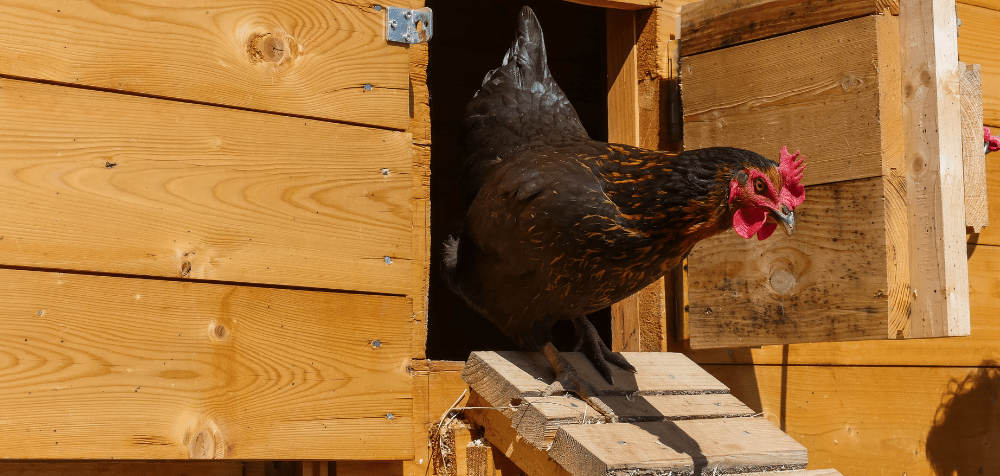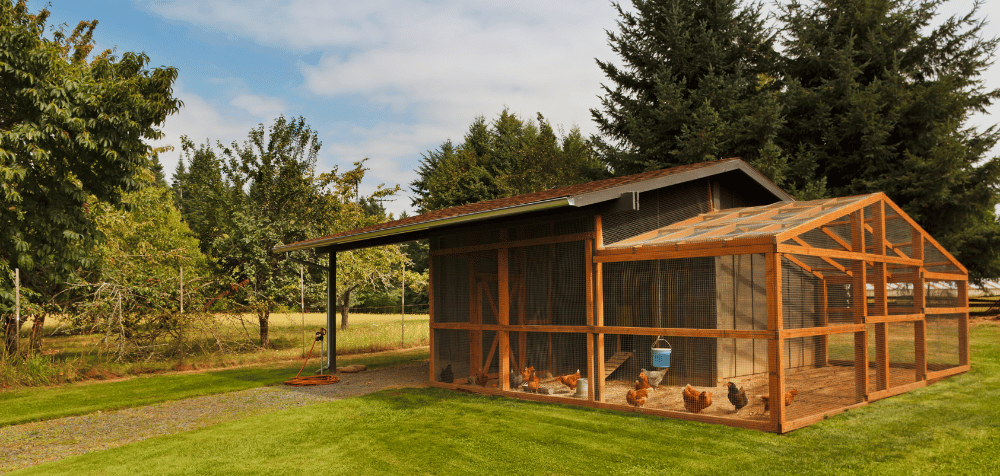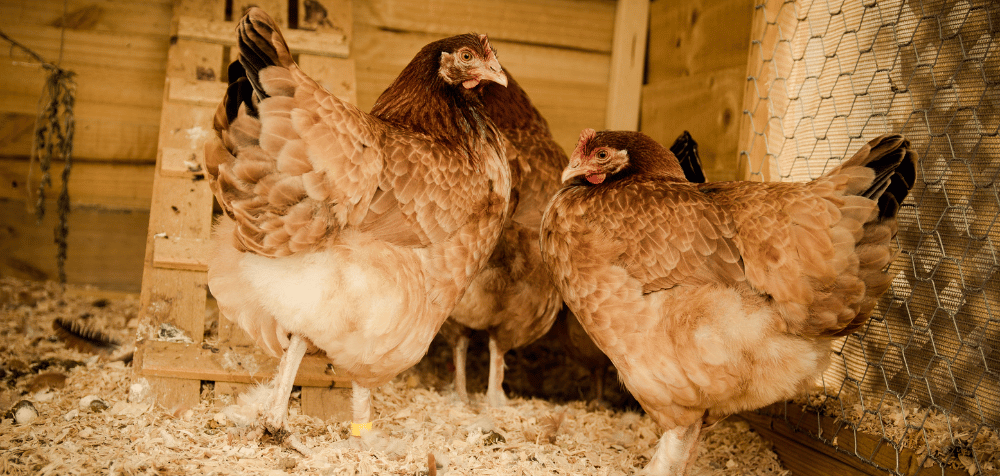Whether you’re facing the chill of winter or the sweltering heat of summer, knowing how to insulate your chicken coop is key to ensuring your chickens stay happy, healthy, and productive.
In this guide, I will go through the best methods I know of for insulating your chicken coop, offering tips and tricks to help you get the job done efficiently and effectively.
Why Insulation Matters
Before diving into the specifics, let’s talk about why it’s so important to insulate your chicken coop. Chickens are surprisingly hardy creatures, but extreme temperatures can be harmful.
In the winter, an insulated coop helps retain heat, preventing your chickens from getting too cold, which can lead to frostbite and reduced egg production.
In the summer, insulation keeps the coop cooler, offering your birds relief from the heat and reducing the risk of heat stress.
Essential Steps to Insulate Your Chicken Coop

When you’re ready to insulate your chicken coop, there are several steps to follow to ensure your efforts are effective. Here’s a breakdown:
1. Choose the Right Insulation Material
The first step in insulating your chicken coop is selecting the appropriate material. There are several options available, each with its pros and cons:
- Foam Board Insulation: This is a popular choice because it’s easy to cut and install, and it provides excellent insulation. However, you’ll need to cover it with plywood or another material to prevent your chickens from pecking at it.
- Reflective Insulation: This type of insulation reflects heat back into the coop in the winter and deflects it in the summer. It’s lightweight and easy to install, making it a convenient option.
- Spray Foam: Great for sealing cracks and crevices, spray foam insulation expands to fill gaps, providing a good seal. However, like foam board, it needs to be covered to protect your chickens.
- Straw or Hay: A natural and inexpensive option, straw or hay can be used for insulation, especially in the winter. Just be sure to replace it regularly to avoid mold and pests.
2. Insulate the Walls
Once you’ve chosen your insulation material, it’s time to focus on the coop’s walls. The walls are the largest surface area of the coop, so proper insulation here is crucial.
- Internal vs. External Insulation: You can insulate the walls from the inside or outside of the coop. Internal insulation is more common and protects the insulation material from the elements and your chickens. External insulation is often used in colder climates where additional layers are necessary.
- Installing Insulation: If you’re using foam board, cut it to fit snugly between the wall studs. Secure it with nails or adhesive, and cover it with plywood. For spray foam, apply it directly to the walls and allow it to expand and harden before covering.
3. Don’t Forget the Floor
The floor of the coop is often overlooked when it comes to insulation, but it’s just as important as the walls. A well-insulated floor helps maintain temperature, especially in the winter.
- Elevated Coop: If your coop is elevated, adding insulation underneath can help prevent cold air from seeping in. Foam board works well for this, as does adding an extra layer of plywood.
- Deep Litter Method: Another effective way to insulate your chicken coop’s floor is by using the deep litter method. This involves layering bedding material like straw, hay, or wood shavings on the floor and allowing it to build up over time. The decomposing bedding generates heat, providing natural insulation.
4. Insulate the Roof
Heat rises, so insulating the roof is critical to keeping the coop warm in winter and cool in summer. Here’s how to do it:
- Roof Ventilation: While insulation is important, proper ventilation is equally crucial to prevent moisture buildup, which can lead to mold and respiratory issues in chickens. Make sure to leave space for vents when insulating the roof.
- Attic Space: If your coop has an attic space, consider insulating it with reflective insulation or foam board. This will help regulate temperature while allowing air to circulate.
5. Windows and Doors
Windows and doors can be sources of drafts, which can quickly undo your insulation efforts. Seal any gaps around these areas to keep the coop airtight.
- Weather Stripping: Apply weather stripping around windows and doors to seal gaps and prevent drafts. This is a simple, cost-effective way to enhance your coop’s insulation.
- Window Covers: In winter, consider adding plastic or plexiglass covers to the windows. These help retain heat while still allowing light to enter.
Insulate Your Chicken Coop: Seasonal Considerations

While it’s important to insulate your chicken coop for all seasons, there are specific considerations to keep in mind for winter and summer.
Winter Insulation Tips
- Supplemental Heat: In extremely cold climates, you may need to add a heat source, such as a heat lamp or heated waterer, to keep your chickens warm. Just be sure to use these safely to avoid fire hazards.
- Block Drafts: Ensure that all potential drafts are blocked, but don’t seal the coop so tightly that there’s no ventilation. Fresh air is still necessary to prevent moisture buildup.
Summer Insulation Tips
- Shade and Ventilation: In addition to insulating your chicken coop, provide plenty of shade and ventilation during the summer. Opening windows and doors (with secure screens) can help keep the air flowing.
- Cool Roof Coating: Consider applying a cool roof coating to reflect sunlight and reduce heat absorption. This can significantly lower the temperature inside the coop.
Maintaining Your Insulation
Insulating your chicken coop is not a one-time job. It requires regular maintenance to ensure it continues to perform well:
- Inspect Regularly: Check the insulation periodically for signs of damage, moisture, or wear. Replace or repair as needed to maintain effectiveness.
- Clean and Replace: For organic insulation materials like straw or hay, replace them regularly to prevent mold, pests, and odor.
Final Thoughts
Knowing how to insulate your chicken coop is essential for keeping your chickens comfortable, healthy, and productive throughout the year.
By choosing the right materials, properly insulating walls, floors, and roofs, and considering seasonal needs, you can create a safe and cozy environment for your flock.
Regular maintenance will ensure that your coop remains well-insulated for years to come, giving you peace of mind that your chickens are well cared for, no matter the weather.

